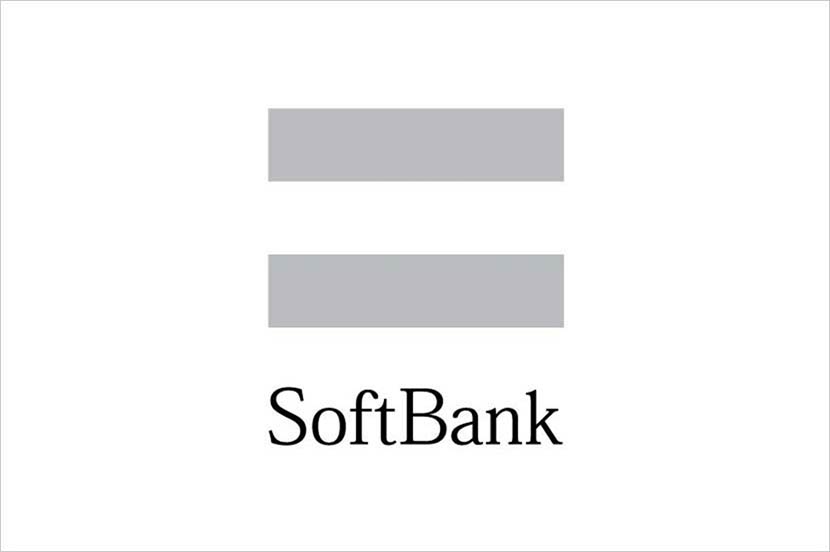

A battery that uses entirely solid materials for its internal components.
Long-lasting battery built for extreme conditions
All-solid-state batteries (ASSBs) are a type of battery where all internal components are made of solid materials. Unlike traditional batteries, these innovative power sources utilize solid electrolytes to transport ions within the battery. In contrast, batteries with even a trace of liquid components are categorized as solid batteries, quasi-solid batteries, or semi-solid batteries, rather than true all-solid-state batteries. Currently, ASSBs are garnering attention as a safer and more advanced alternative to conventional liquid-based batteries, such as alkaline or lithium-ion batteries. By employing solid electrolytes, ASSBs minimize the risks of fire, leakage, and other hazards often associated with lithium-ion technology.
Furthermore, the use of solid materials ensures greater stability, helping to prevent voltage drops or degradation due to high voltage or temperature fluctuations. This makes ASSBs highly adaptable for use in extremely hot and cold environments.
However, obstacles remain for the widespread adoption of ASSBs. For example, the particles in solid electrolytes and the materials used for electrodes can sometimes hinder the smooth flow of electric current, generate excess heat, or reduce overall battery performance. To address these issues, research and development efforts are ongoing.
SoftBank Corp. (TOKYO: 9434), in collaboration with Enpower Japan Corp., is actively working on next-generation all-solid-state lithium metal batteries. These cutting-edge batteries are being developed for applications in aviation, such as drones and unmanned aircraft for HAPS, as well as in IoT devices and automotive systems. Their partnership focuses on reducing battery weights and conducting operational testing to bring the technology closer to practical use.
Related News
(Posted on December 19, 2024)
by SoftBank News Editors




